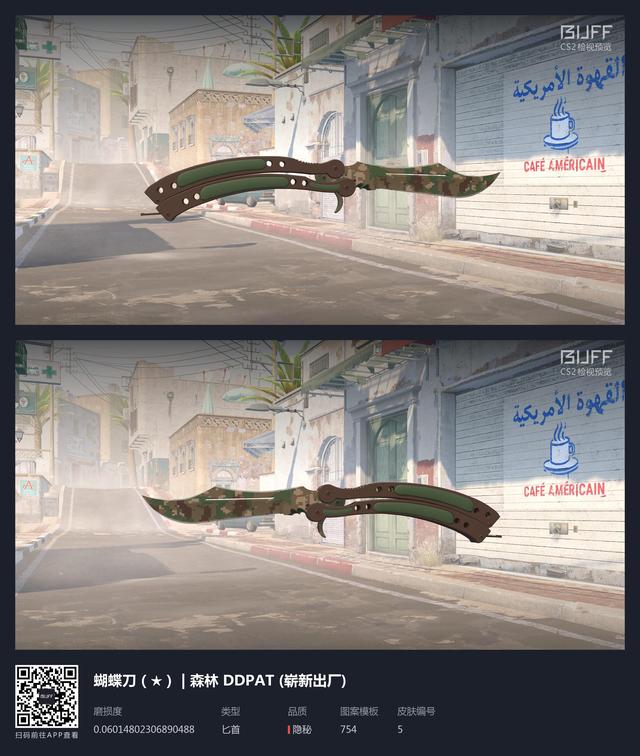Face recognition is a special form of pattern recognition, which allows us to perform the highly adaptive task of identifying individuals and picking up information from their expressions.
人臉識别是模式識别的一種特殊形式,它使我們能夠完成識别個人和從他們的表情中提取信息的高度适應性任務。

In their experiment, Bradshaw & Wallace used Identikit faces in pairs. Participants were asked to decide whether the faces were the same or different. They found that participants made quicker decisions if more features of the face were different. Bradshaw & Wallace (1971) concluded that faces were recognised by a bottom-up process. In other words, by processing features such as eyes and nose separately we can build up a representation of the whole face.
在他們的實驗中,Bradshaw和Wallace使用了成對的Identikit臉。參與者被要求決定這些臉是相同還是不同。他們發現,如果臉部有更多的特征是不同的,參與者會做出更快的決定。Bradshaw & Wallace (1971)總結說,人臉的識别是一個自下而上的過程。換句話說,通過分别處理眼睛和鼻子等特征,我們可以建立起整個面部的表征。

This explanation is rather simple. Research from Sergent (1984) suggests that we process faces as a whole and not by serial processing of individual features: Often the spatial relationship between features is as important as the features themselves.
這個解釋相當簡單。Sergent (1984)的研究表明,我們把人臉作為一個整體來處理,而不是通過對單個特征的連續處理。通常情況下,特征之間的空間關系與特征本身一樣重要。
This notion is supported by research into Identikit faces made from slices of different celebrities' faces. It is harder to identify the celebrities if the sections of their faces are closely aligned because we see the two parts as one whole. If the sections are misaligned, identification is much easier because we do not view them as a whole (Young et al., 1987).
對由不同名人的臉部切片制成的Identikit臉的研究支持了這一概念。如果名人的臉部切片緊密排列,就更難識别他們,因為我們把這兩部分看作一個整體。如果這些部分錯位,識别就容易得多,因為我們沒有把它們看作一個整體(Young等人,1987)。

It seems that theconfiguration of the face is particularly important when we process it. This could include three aspects (Bruce, 1995) 看來,當我們處理臉部時,臉部的配置是特别重要的。這可能包括三個方面(Bruce, 1995):
更多精彩资讯请关注tft每日頭條,我们将持续为您更新最新资讯!




